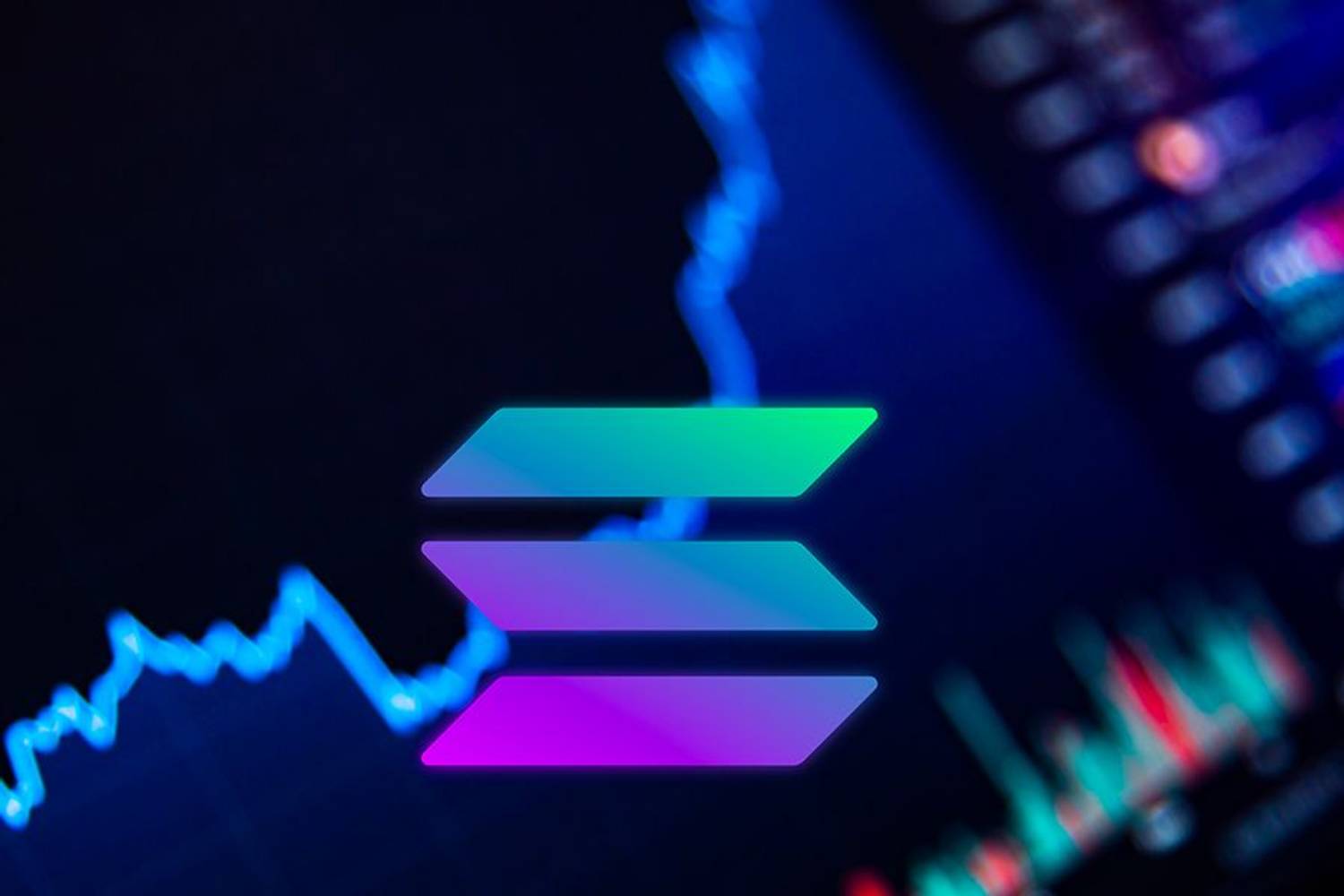
Solana's Nakamoto Coefficient Hits a Milestone: The Significance of Reaching 33
The Solana network recently made headlines as its Nakamoto Coefficient reached a significant milestone, hitting the value of 33. This remarkable achievement demonstrates the increasing decentralization and security of the Solana blockchain.
- Published:
- Edited:
The Solana network recently made headlines as its Nakamoto Coefficient reached a significant milestone, hitting the value of 33. This remarkable achievement demonstrates the increasing decentralization and security of the Solana blockchain, attracting more interest from investors, developers, and users. In this article, we will discuss the Nakamoto Coefficient, what it means for the Solana ecosystem, and its implications for the future of blockchain technology.
What is the Nakamoto Coefficient?
Named after the pseudonymous creator of Bitcoin, Satoshi Nakamoto, the Nakamoto Coefficient is a metric used to assess the degree of decentralization within a blockchain network. It measures the minimum number of entities or validators required to control more than 50% of the network's consensus mechanism. A higher Nakamoto Coefficient indicates a more decentralized and secure network, making it increasingly difficult for bad actors to attack or manipulate the system.
Solana's Nakamoto Coefficient Reaches 33
According to a tweet from Marinade Finance, Solana's Nakamoto Coefficient has reached 33, highlighting the network's growing decentralization. This means that a minimum of 33 validators is needed to control more than 50% of the network's consensus power. This development is essential, as a more decentralized network reduces the likelihood of collusion or attacks, promoting the overall security and stability of the Solana ecosystem.
📈 Solana's Nakamoto Coefficient is up to 33!
— Marinade Finance (@MarinadeFinance) April 12, 2023
That means it would now take 33 validators to collude to halt the network.
(via @solanabeach_io ) pic.twitter.com/dSgzXVxwYz
Factors Contributing to the Increase
Several factors have contributed to the increase in Solana's Nakamoto Coefficient:
- Expansion of validator community: The Solana ecosystem has experienced rapid growth, with more validators joining the network, increasing the total number of validators and thus promoting decentralization.
- Decentralized finance (DeFi) growth: The expansion of DeFi projects and applications on Solana has attracted more users and investors to the platform, strengthening its ecosystem and further distributing network control.
- Staking incentives: Solana offers staking rewards to token holders who participate in securing the network by staking their tokens with validators. This encourages more users to participate in the staking process, making the network more decentralized.
Implications for the Solana Ecosystem
The increase in Solana's Nakamoto Coefficient signifies several positive implications for the network and its users:
- Enhanced security: A more decentralized network is inherently more secure, reducing the likelihood of single points of failure or the ability of malicious actors to take control of the network.
- Greater trust: A higher Nakamoto Coefficient instills confidence in the Solana ecosystem among users, investors, and developers. This trust is vital for the continued growth and adoption of the platform.
- Attraction of new projects: As the network's decentralization and security improve, more developers and projects will be attracted to build on Solana, fueling innovation and further expanding the ecosystem.
Conclusion
The recent milestone of Solana's Nakamoto Coefficient reaching 33 is a significant achievement for the platform, reflecting its commitment to decentralization and security. As Solana continues to expand its ecosystem and attract more users, developers, and investors, we can expect the network to become even more decentralized and resilient, driving blockchain technology forward and contributing to the broader adoption of digital assets and decentralized applications.


